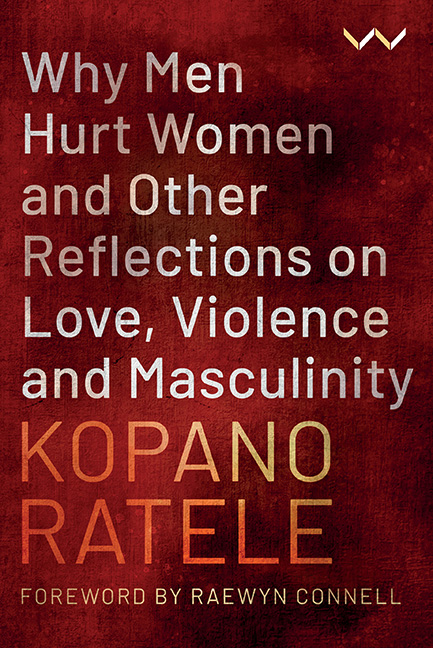40 - Inheriting and passing down a loving masculinity
Published online by Cambridge University Press: 24 November 2023
Summary
A while back I read an article by the journalist Percy Zvomuya in a weekly newspaper. Something he wrote, evocative yet mistaken, stuck in my memory. It may have been that the article was about Mario Balotelli, the Italian footballer who at the time had crossed to England and joined Manchester City. Of Ghanaian descent and adopted by Italian parents, the footballer could have been one the greatest stars of his generation. Who knows why he didn’t realise his potential?
What has stayed with me from the article is a misleading belief that I suspect is quite widely held when thinking about identity, specifically cultural identity. It jumped out at me because I was at the time researching, reading and writing about the subject of traditions. And what is tradition but the beliefs, practices and views passed down from one generation to the next? This transmission of non-genetic inheritance is the principal manner in which a group, from families to nations, manages to reproduce itself.
Because I felt moved to respond to the article, if only to myself, I wrote down some of the things the journalist said. ‘Ghanaianness isn’t part of anyone’s make-up, you don’t pass on Ghanaian DNA to your children’, was one of the things he claimed.
Zvomuya is right about the DNA – because he seems to restrict the idea of Ghanaianness to DNA, and DNA is genetic transmission. But he is wrong about what parents pass on to their children. Ghanaianness is passed on from parents to children – it is the parents’ cultural DNA, to coin a phrase. This idea, of cultural transmission of national or cultural identity, which seems to be what Zvomuya is challenging, is in fact supported when he argues that Italianness was passed down to Mario from his Italian parents.
What is true for Ghanaianness and Italianness holds true for Americanness and Nigerianness, Chineseness and South Africanness. No one is genetically South African. Being South African is not part of the biological make-up of any of us, but as a national identity it is part of who we are.
- Type
- Chapter
- Information
- Publisher: Wits University PressPrint publication year: 2022

